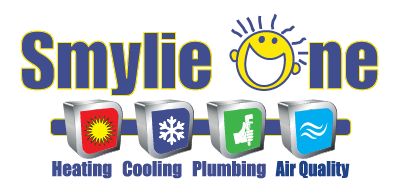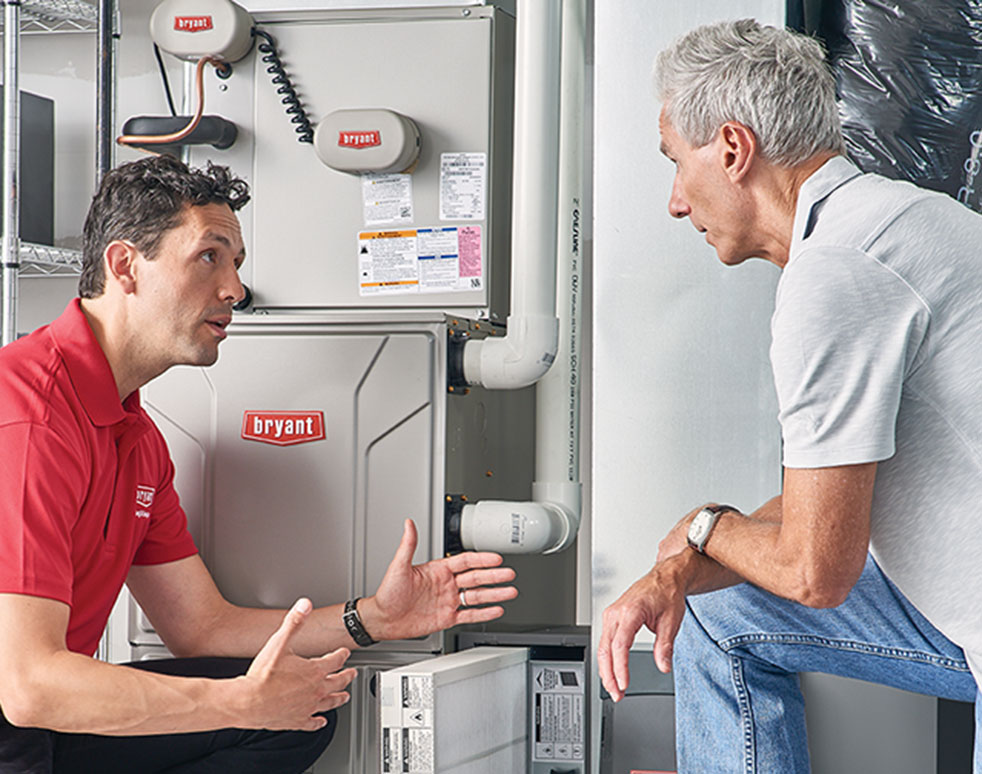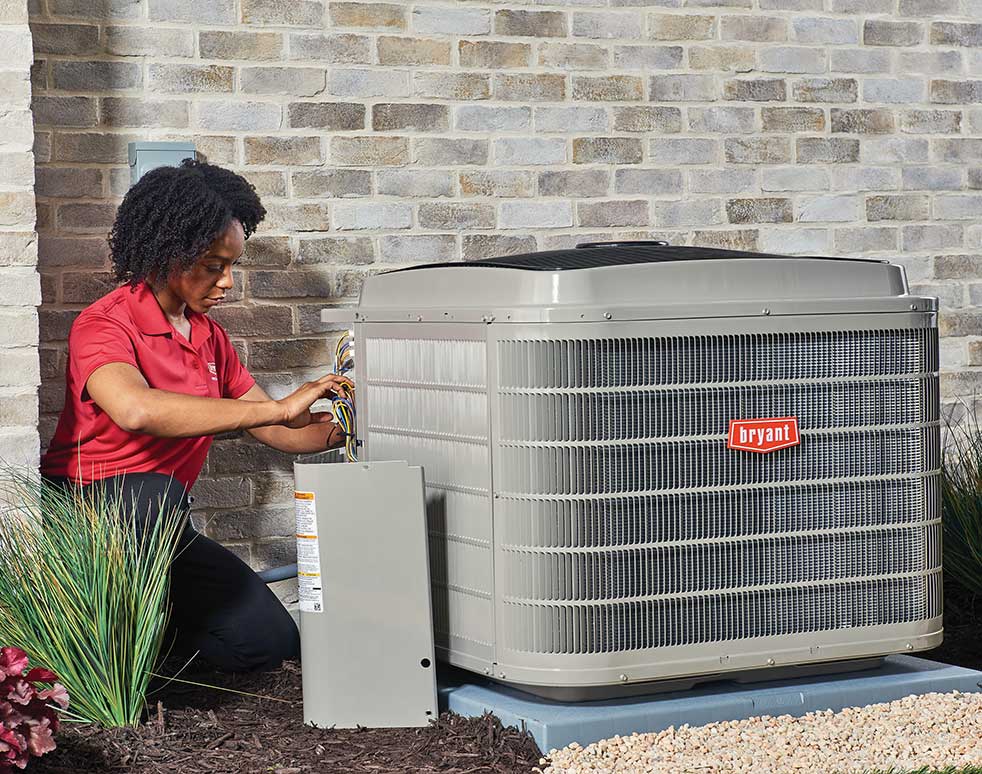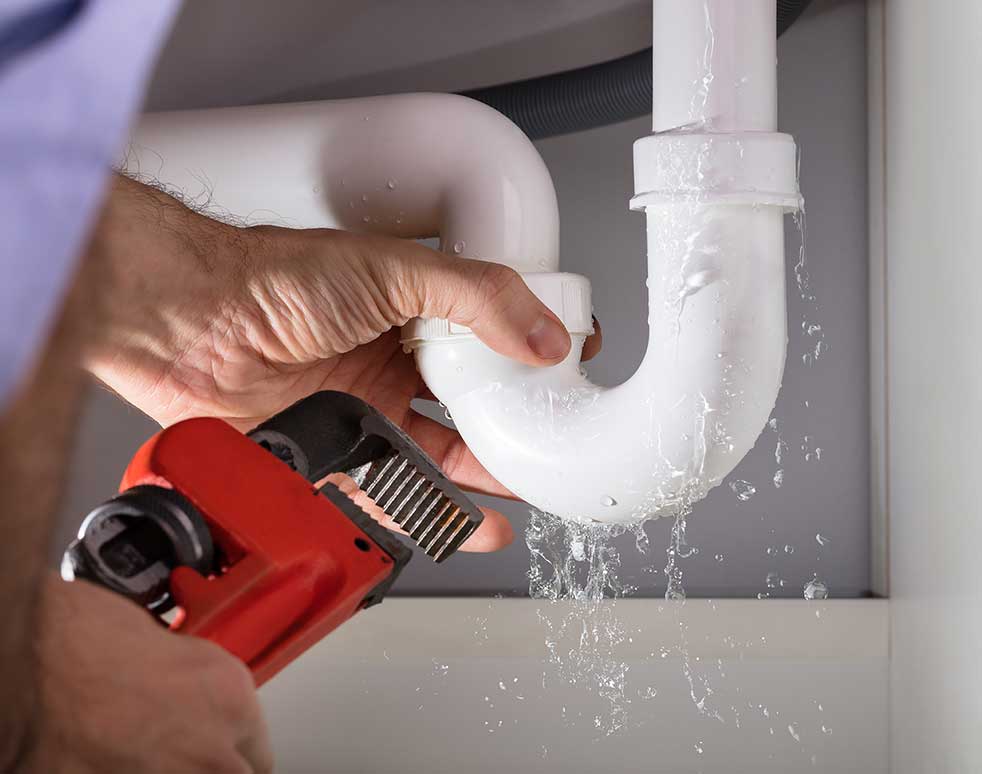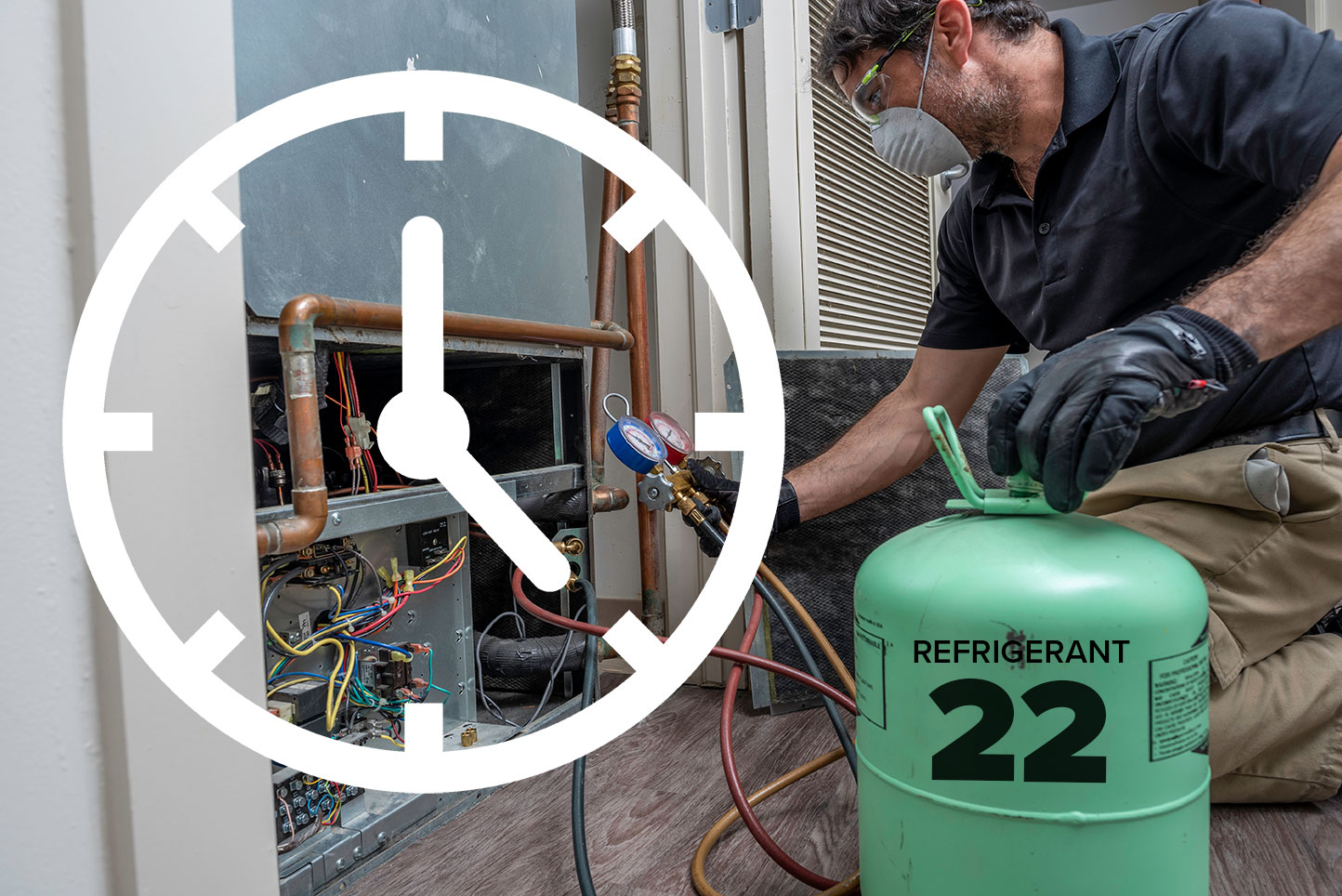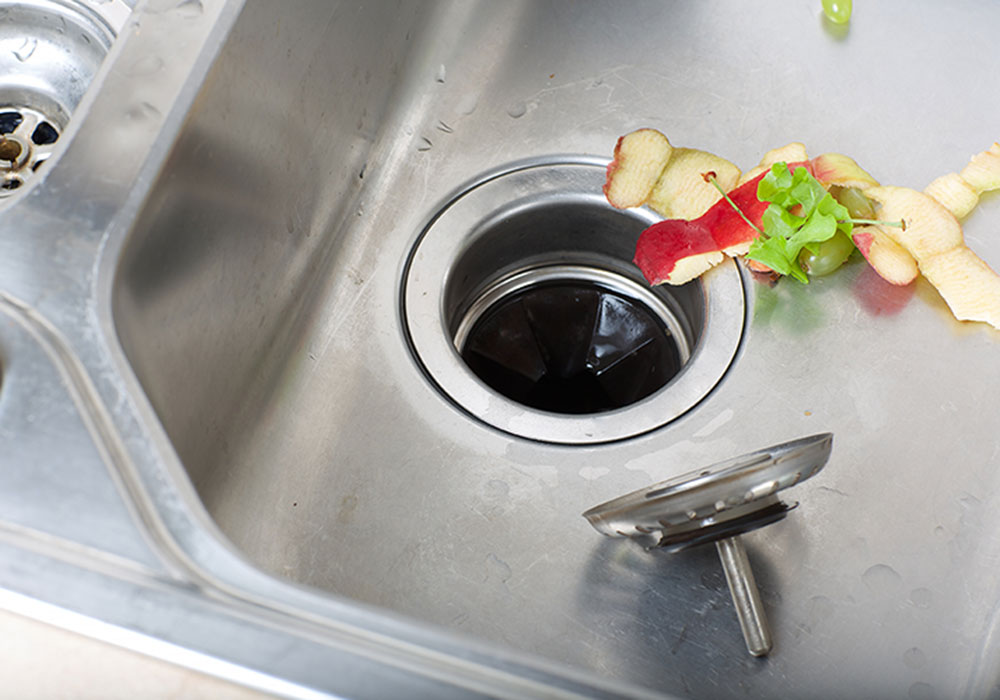Whatever the Reason, Whatever the Season...
YOU CAN COUNT ON SMYLIE ONE
Home » Plumbing Services » Frozen & Burst Pipe Repair Experts
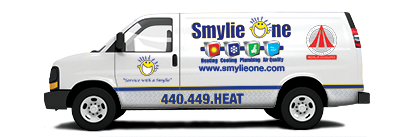
─── Frozen Pipes
Frozen & Burst Pipe Repair Experts
Does your home’s plumbing need protection from the cold season? To winterize your waterlines, our frozen and burst pipe repair experts at Smylie One can help. Our expert plumbing technicians are always available when your outdoor pipes freeze or indoor plumbing breaks. They will thaw your pipes or repair your damaged waterline. To avoid this frustration, consider a proactive approach that protects you, your family, and your home when the temperatures outside force you to stay indoors.
To discuss how to prepare your home’s plumbing for the brutal winter weather, contact Smylie One Heating, Cooling & Plumbing today!
─── Frozen Pipes
Frozen & Burst Pipe Repair Experts
Does your home’s plumbing need protection from the cold season? To winterize your waterlines, our frozen and burst pipe repair experts at Smylie One can help. Our expert plumbing technicians are always available when your outdoor pipes freeze or indoor plumbing breaks. They will thaw your pipes or repair your damaged waterline. To avoid this frustration, consider a proactive approach that protects you, your family, and your home when the temperatures outside force you to stay indoors.
To discuss how to prepare your home’s plumbing for the brutal winter weather, contact Smylie One Heating, Cooling & Plumbing today!
How to Prevent Frozen Pipes
The best plan to prevent frozen pipes is to begin winterizing them in the Fall. That process lets you quickly inspect your outdoor plumbing, fixtures, spigots, and water features before the cold season. The steps are straightforward and easy to accomplish.
Inspect Plumbing
You must inspect your outdoor pipes and fixtures for cracks, leaks, or breaks before winterizing them. If found, have a plumber repair the lines.
Cover Your Pipes
There are different types of insulation you can use, fiberglass, foam, or polyethylene. After installing it, secure it with cable ties or pipe insulation tape.
Remove Garden Hoses
Along with covering your pipes, remove and store all garden hoses and nozzles. Make sure to drain out any water sitting inside a hose before storing.
Constant Temperature
A heated home with a steady temperature keeps the walls warm. Outdoor pipes entering the house will remain warmer, making it harder for pipes to freeze.
Seal Pipe Access
Any wall where a pipe enters the home, seal the hole or crack around the line. You simply caulk or spray form insulation around the plumbing and the wall’s hole.
Let Water Drip
Each indoor faucet needs to drip during the winter months slightly. With water moving through the warm lines, it is harder for pipes to freeze and burst.
───
Tips for Thawing Frozen Pipes
There are two types of frozen pipes, exposed and enclosed. Exposed pipes are easy to access, and enclosed lines stay hidden behind walls, up in the ceiling, or below the floor and are harder to reach. Turn off your main water supply before you begin thawing your exposed frozen pipes.
1. Open Faucet
Your pipes need an opening to discharge the water and steam created once thawing begins. The open faucet lets the moving water flow through your line, out the fixture and speeds up the melting process.
2. Apply Heat
There are different methods when applying heat to an area of a frozen pipe. You can use a hairdryer, hot towels, heat lamp, or electrical heating tape. For safety reasons, never leave an electrical heating method unattended.
3. Clean Up
Once a faucet has thawed, clean up the area. Often, the floors become wet and slippery during a thawing process, posing a safety hazard. Make sure to have a mop, bucket, and towels on hand to clean any wet spots.
4. Repeat The Process
After you have successfully thawed your first faucet, move on to the next and repeat the Open Faucet, Apply Heat, & Clean-Up process. With all faucets having thawed, turn on your main water supply and inspect your plumbing for water flow.
A Warning – It is tempting to consider using an open flame device to thaw frozen pipes. However, using equipment like a blowtorch, gas-type heaters, or some other flaming device poses a severe fire hazard. For safety reasons, we recommend not using such devices.
Enclosed Pipes – Sometimes enclosed pipes will freeze, but when they thaw and burst, it causes severe water damage. Upon inspection, there is a possibility we may have to cut into the wall, ceiling, or floor to find the break and make repairs. Should this happen, turn off your main water supply immediately, and call Smylie One.
For additional details and general information about thawing frozen pipes, contact Smylie One Heating, Cooling, & Plumbing today!
Schedule Appointment
─── Smylie One Blog
Your Source for Heating, Cooling & Plumbing Tips
Home maintenance doesn’t have to be boring. We’re here to bring you all the tips and tricks to make your home more comfortable, reliable and energy efficient.
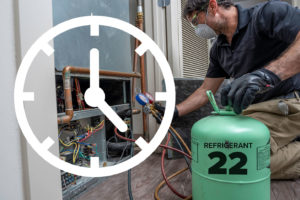
R-22 Has Been Phased Out, But Smylie One Can Help You With Your Refrigerant Needs
In January of 2020, the Environmental Protection Agency ruled that R22, or freon, was to be phased out of the HVAC industry due to its
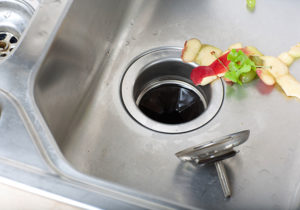
How To Reset Your Garbage Disposal
We’ve all been in the same situation. You’re doing the dishes after a large meal. The dishes are stacked up in the kitchen sink and
